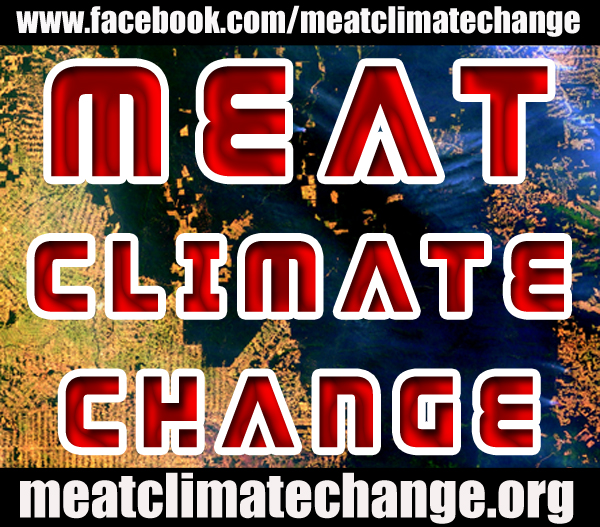
Researchers Provide Detailed Picture of Ice Loss Following Collapse of Antarctic Ice Shelves
(Image by NASA Goddard Photo and Video) Details DMCA
Numbers are important in our lives, and we pay great attention to days of the month, our weight, birthdays, anniversaries, holidays, debts, bank balances, tv show times, etc. However, the most important number we should pay attention to is the amount of greenhouse gas in the atmosphere. Otherwise, all of the other numbers may become meaningless.
We began 2015 with a carbon dioxide level above 400 parts per million, a huge increase from pre-industrial CO2 levels of around 280 ppm. A single CO2 molecule can remain in the atmosphere for hundreds of years, and in 2014, global emissions of CO2 was 32 gigatonnes. Shockingly, greenhouse gas emissions have risen by 61% from 1990 to 2013.
The 400 ppm mark was first passed on May 9, 2013, and in 2014, the average CO2 concentrations in March, April and June were all above 400 ppm. In a few years, CO2 will be above 400 ppm year-round. Moreover, when methane, nitrous oxide and other greenhouse gases are included and calculated in CO2 equivalents, we are fast approaching the 500 ppm level.
This rapid increase in CO2 concentration has caused a global average temperature rise of 1.6 degreesF since the beginning of the 20th century. And we may have already gone beyond tipping points when natural systems flip to harsher, altered states. The number 400 is symbolic, but the threat that climate change presents to human survival is real.
Carbon dioxide levels have not been this high for at least 10 to 15 million years, during the Miocene epoch, when humans did not exist. There was almost no ice on the planet, seas were 100 feet higher, and the temperature was 11 degreesF/8 degreesC warmer - which is not survivable by most humans, and many other species.
In 2002, in Antarctica, the Larsen B Shelf, a 1,250 square mile area of ice larger than Rhode Island, collapsed and disintegrated into the ocean. Melting ice in Antarctica could cause sea levels to rise 10 times faster than previously predicted, around 10 feet by 2065.
The rate of global warming may soon increase with the Arctic warming up by 1 degreesF per decade by the 2020s, which will likely cause more extreme weather for the Western Hemisphere. And permafrost thawing could rapidly increase global warming, as permafrost contains twice as much carbon as currently in the atmosphere
Recent changes in ocean thermohaline circulation, which circulates warm water globally, are "unprecedented" since at least the year 900 A.D. The 2000s were one of the warmest decades in more than 11,000 years, and the 2010s are on pace to be even hotter. Residents of tropical countries can be even more vulnerable than those in the US to the looming warming burst.
Since livestock production is the second leading cause of global warming, if we replace 50 to 85% of today's animal-based foods with foods made from plants, we can reduce atmospheric carbon to safe levels. Nothing else can reduce greenhouse gas as significantly, quickly, safely and cheap. And unlike top-down approaches, individual dietary change is local, autonomous, empowering, and does not rely on corporations and governments taking action.
Abrupt climate change may already be underway, but if enough of us start to consume less and reduce our carbon footprints, we can increase the most important number to all humans - how long we each get to live.





